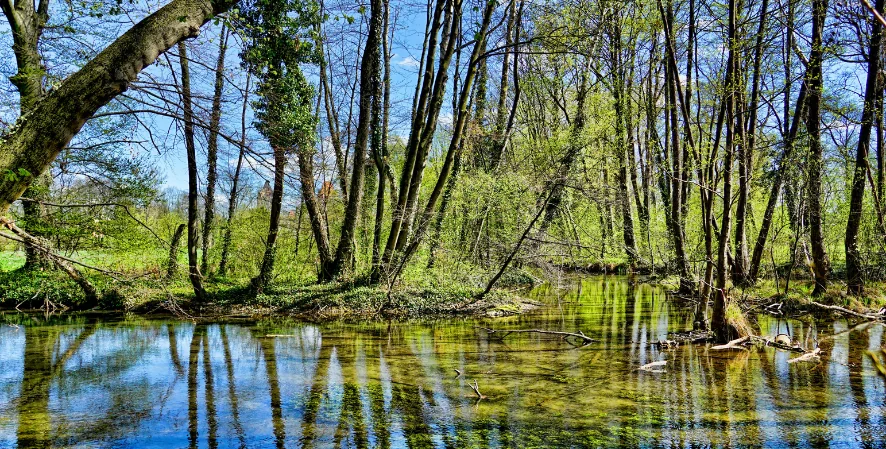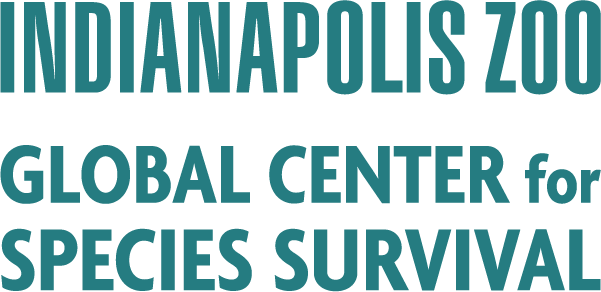
World Wetlands Day 2022
World Wetlands Day is an annual event held to bring awareness to wetlands and all the amazing things they do. While it is a day for us to celebrate, it is also a call to action to protect and restore these incredible habitats.
Indiana Wetlands
Wetlands are ecosystems where water covers the surface of the soil, either seasonally or all year long. These are dynamic and productive places that act as transition zones between the terrestrial and aquatic. There are many kinds of wetlands in Indiana, including the four major wetland types.
- Marshes are areas covered by water for long periods of time and are dominated by tall grasses.
- Swamps are wetlands with long-lasting bodies of water, but unlike our marshes, they are filled with woody plants like trees.
- Bogs are the product of ponds that have been filled up with peat – decaying plant matter – and whose only source of water is rainfall.
- Fens are peat-forming wetlands inhabited by grasses, shrubs, trees and other vegetation.
These examples only touch the surface of the different wetlands found in Indiana and around the world. Others that you may be more familiar with are ponds, lakes, and rivers – including the White River that runs through Indianapolis!
Wetland Benefits
Wetlands play an important role in the lives of humans and nature in Indiana. They help to protect against flooding, prevent soil erosion, and filter out harmful toxins and nutrients from the water, resulting in a cleaner environment for everyone! These ecosystems are also perfect for supporting recreational activities that millions of Hoosiers take part in each year like hunting, fishing, and birdwatching. Just spending time in these beautiful landscapes improves our mental and emotional well-being. Studies show that engaging with wetland nature can boost your mood and reduce stress and anxiety, so wetlands are not only a place to have fun and admire nature but can be beneficial for your health as well.
Wetland Residents
Wetlands boast many impressive feats, but one of the most important is that they are considered the most productive and diverse habitats in the world. They are home to many aquatic plants, making them the perfect habitat for a jaw-dropping number of animal species. These animals rely on wetlands to provide resources while they complete their life cycles. They can range from small aquatic insects to large birds and mammals. If you look around, you might just find some wetland residents you had never noticed before. Admire the horizon line of a marsh and find a great blue heron slowly wading through the water. Like much of the wildlife in wetland habitats, these birds are great indicators of water quality and help us identify healthy ecosystems. Although largely out of sight for most of us, try looking deep under the water to see a sheepnose mussel living on the riverbed. These freshwater bivalves are filter-feeders that help clean the water. Indiana has around 80 native species of freshwater mussels, but more than half have disappeared or become endangered in recent years, including the sheepnose which is Endangered in Indiana. After a rainy spell, gaze into a puddle and notice small, ghost-like crustaceans called fairy shrimp. Creatures like these make the perfect dinner for the amphibians and beetle larvae that share their habitat. These interesting species make our wetlands the biodiversity hotspots we know them to be.
Threats to Indiana’s Wetlands
In the early 18th century, wetlands covered more than 25% of Indiana but now this number has shrunk to under 4%. Although the current state of our wetlands seems bleak, we can work to address the damage that has been done, and the best place to start is by identifying the problems facing wetlands.
The greatest threat causing the degradation of Indiana’s wetlands is land conversion. This results in the water being drained and the habitat being altered to support a new function. Approximately 85% of Indiana’s natural wetlands have been lost to development for things like residential areas, transportation, and most notably, agriculture. While these developments are important and necessary for human use, certain practices often come at a cost to wildlife. These practices, for instance, could be allowing fertilizers into nearby water supplies through runoff or drainage.
Invasive species are those that have been introduced to an ecosystem. They are not native to and cause harm to the environment. Invasives often find their way to Indiana through human behavior. Transportation allows for invasives to be brought to new areas in a matter of days. These species may also travel on their own due to flooding or driven by changes in temperature, forcing them to search for a more suitable habitat. Invasives use up the resources necessary for native species to survive and outcompete them, causing the native species’ population to decrease.
What You Can Do to Help
Thankfully, there’s plenty you can do to help Indiana’s wetlands. The first step in protecting and restoring our wetlands is to get informed, so you’re already off to a great start! The Indiana Department of Natural Resources has some useful educational materials that can be found on their website. Most importantly on your quest to learn about wetlands, get outside and enjoy them for yourself. Experience all the different types of wetlands Indiana has to offer, from Lake Michigan up north to Browning Marsh here in Central Indiana.
There are also many ways you can help the wetlands right outside your door. Support local laws and ordinances that aim to protect natural areas, and let your elected representatives know that you care. Try reducing or eliminating the fertilizer, pesticides, and herbicides you use in your gardens. Conserve water by making sure faucets are turned off and being mindful of how much you use. Organize or join a river cleanup to help improve the water quality in your own backyard. By protecting our wetlands here in Indiana we can ensure that these habitats continue to thrive for generations to come.
This blog was a collaboration between experts at the Global Center for Species Survival, including Freshwater Conservation Coordinator Dr. Monni Böhm and Global Center Intern Noelle Grabowski, with contributions from IUCN SSC Freshwater Conservation Committee co-chair Dr. Ian Harrison.
Published Feb. 2, 2022

